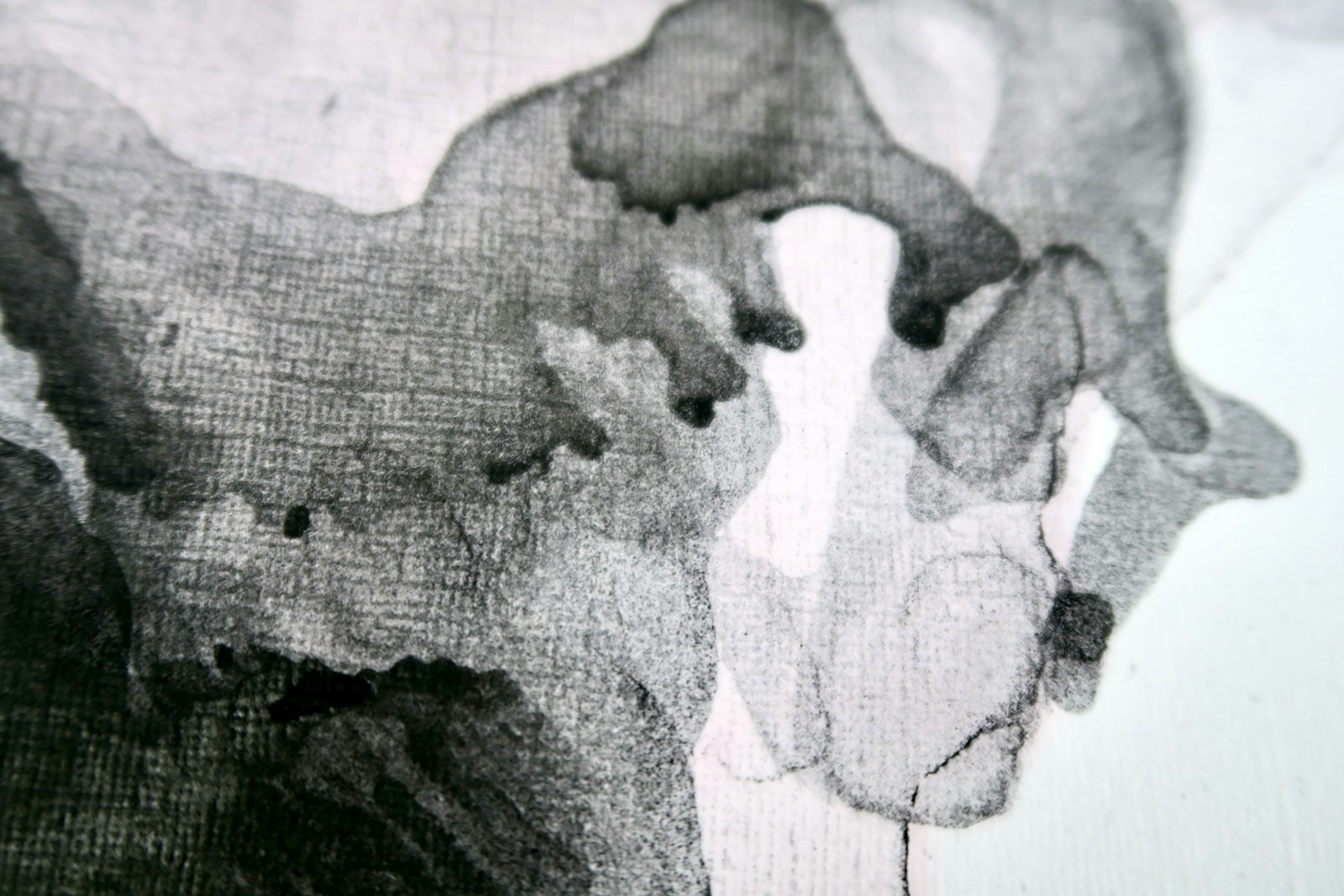
poner un esparadrapo

put on a paradrape
The Spanish phrase 'poner un esparadrapo' translates to 'put on a band-aid' in English. It is a command or direction typically used in medical contexts or when someone has a small injury. 'Poner' means 'to put'; 'un' means 'a'; and 'esparadrapo' means 'band-aid'. Therefore, when combined, it means 'to put a band-aid'. It may be used when someone has to apply a band-aid on someone's injury.
Example sentences using: poner un esparadrapo
Voy a poner un esparadrapo en tu herida para detener el sangrado.

I am going to put a plaster on your wound to stop the bleeding.
This sentence is used when you are going to use a bandage, in this case referred to as a 'esparadrapo', to cover someone else's wound to stop it from bleeding. It's common to use this phrase in any first aid situation.
No puedo poner un esparadrapo en un corazón roto.

I can't put a band-aid on a broken heart.
In this phrase, 'poner un esparadrapo' is used metaphorically. It means that a physical solution, like a band-aid, can't mend emotional damage, in this case referred to as a 'broken heart'.
Debería poner un esparadrapo en esa cortada antes de que se infecte.

You should put a plaster on that cut before it gets infected.
This sentence is used to make a suggestion or give advice. 'You should put a plaster (esparadrapo)' is the advice given here. The speaker warns that the person should cover the cut to prevent a potential infection. It's common to use this phrase anytime someone sees another person with a minor injury like a cut.